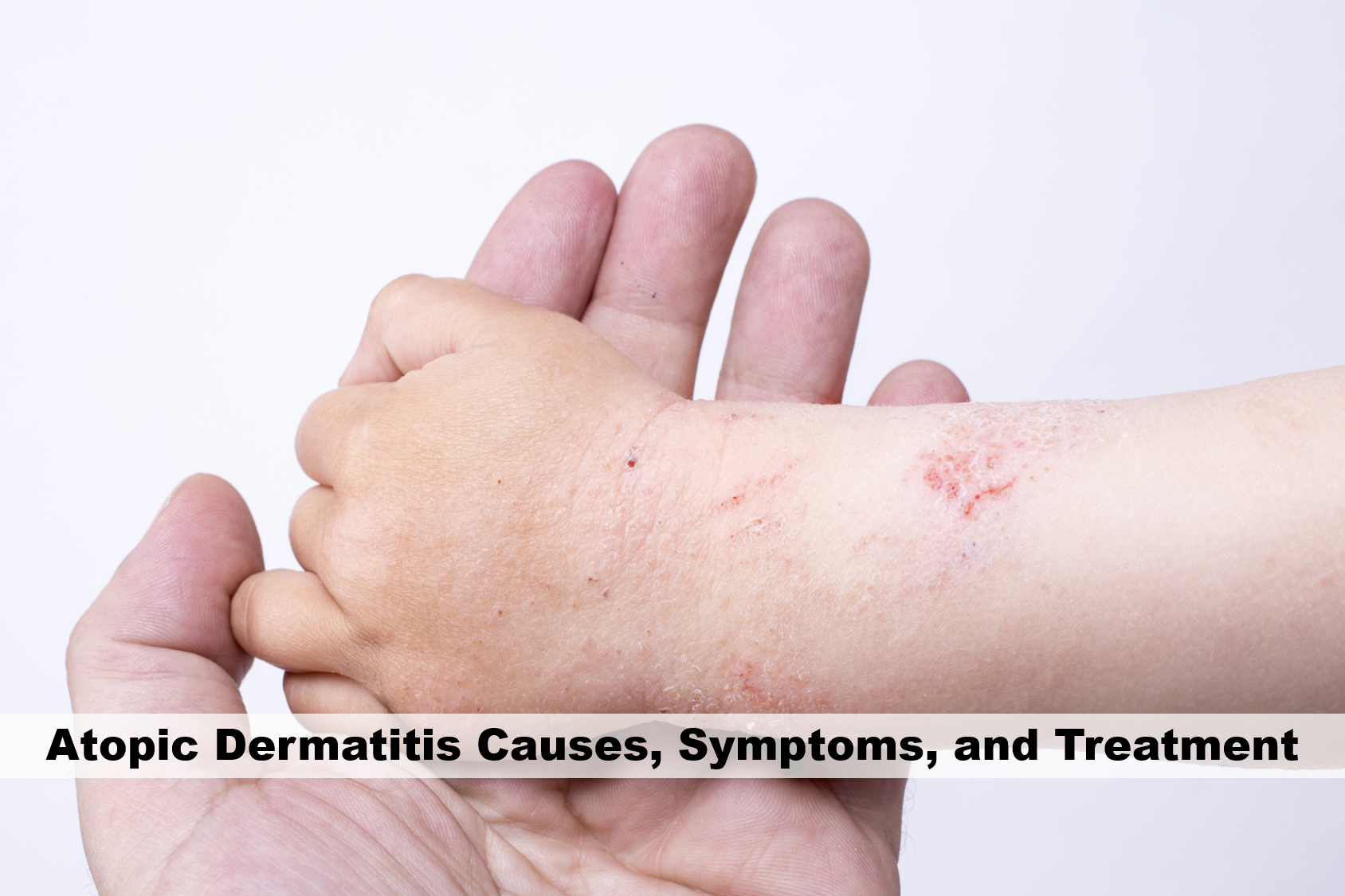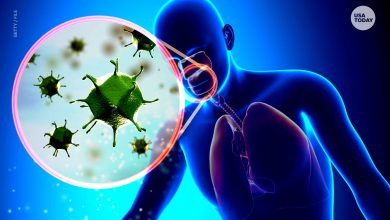Atopic Dermatitis Causes, Symptoms, and Treatment (Allergic Eczema)

What is Atopic Dermatitis (Allergic Eczema)? What are the symptoms of allergic eczema? What is the best treatment for atopic dermatitis? Allergic eczema, also known as atopic dermatitis, is an allergic skin disease that is frequently seen in families with other atopic diseases and causes itching and redness on the skin. It is usually seen in early childhood. In later times, it may be a sign of a disease such as allergic rhinitis or asthma. Up to 50% of the cases, atopic dermatitis starts within the first age and 80% within the first five years. In this text, we will explain Atopic Dermatitis causes, symptoms, diagnosis, and treatment below.
Atopic Dermatitis (AD) Causes
Researchers are still working on the causes of atopic dermatitis. It is known that atopic dermatitis is not contagious. It is not possible to catch or infect someone else. Researchers have thought that genes play an essential role in atopic dermatitis. The family of people with atopic dermatitis often have atopic dermatitis, asthma, or allergic rhinitis. Some children with atopic dermatitis have a food allergy. This sensitivity may vary from child to child. Many foods, especially cow’s milk, eggs, peanuts, wheat, and seafood, can trigger this type of eczema.
The Prevalence of Atopic Dermatitis
Atopic dermatitis is one of the most common skin diseases. It affects almost twenty percent of children, while just three percent of adults in the world.
Atopic Dermatitis Symptoms

It is most commonly seen on the face (often on the cheeks), scalp, knee, and elbow, and behind the ear during infancy. The diaper area is generally unaffected. In children older than two years, it mostly affects the elbow, back of the knee, neck, hand, and ankle area. Thickening of the skin and roughening of the affected areas can be observed. Itching and thickening of the skin are prominent during adolescence. The lesions are mostly on the inner surfaces of the hands and ankles, arms and legs, around the eyes, face, neck and upper body. Eczema can only be seen in hands during this period. It usually causes streaking, thickening, and darkening of the skin.
Atopic Dermatitis Diagnosis
The doctor makes the diagnosis based on the patient’s skin examination and the patient’s history. Here, the doctor also receives information about the presence of atopic dermatitis, asthma, or allergies in the immediate vicinity of the patient. Allergy tests are also very important in the diagnosis of atopic dermatitis. These tests are performed by administering a small number of allergens (substances that cause allergies in some people) to the patient’s skin and then checking whether the skin reacts within a certain period of time. If you think your child is allergic to a particular food, you should tell your doctor and ask for appropriate tests.
Atopic Dermatitis Treatment

Atopic dermatitis can be resistant, so it may be necessary to try different treatment methods to control it for months or even years. In some patients, even if treatment is successful, sometimes symptoms may recur. Avoiding the trigger factors that exacerbate the disease is the first step of the treatment. For example, studies have reported significant clinical improvement by removing food that causes atopic dermatitis from the diet.
There are four important factors in treatment:
- The first thing you have to do is to control the itching. You can use medications under the supervision of a physician. Sweating is also one of the most important factors that stimulate itching. Therefore, children should wear thin cotton clothes during the warm season.
- Doctors recommend taking a bath every day to keep the skin moist. The use of moisturizers is very essential in the treatment of atopic dermatitis.
- To prevent inflammation, topical steroids are used on the affected skin surface. Topical steroids are the main drugs used in the treatment of atopic dermatitis.
- In case of infection, the infection must be treated. You can take antibiotics if appropriate.
Here, we shared information about Atopic Dermatitis causes, symptoms, diagnosis, and treatment below. If you want to learn more about eczema and eczema types, you can click here.





